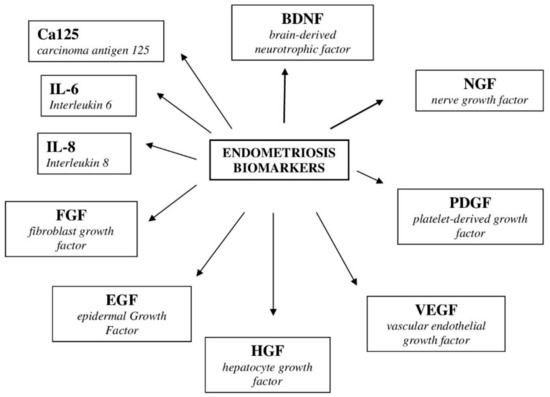To counteract infertility, which affects 15% of couples of reproductive age attempting to conceive, In vitro fertilization (IVF) is increasingly popular. It contributes to nearly 5 % of births in countries, such as Denmark. This technology led to preimplantation genetic testing (PGT),
where embryos are screened for conditions such as an X-linked disorder. This testing allowed for the identification of the embryos, with the affected alleles, and implant only the embryos that were unaffected (homozygous unaffected or heterozygous unaffected dominant) and avoid all affected embryos (homozygous affected). This allowed for the extension of the concept to PGT for monogenic diseases (PGT-M). This includes Mendelian single-gene defects (autosomal dominant/recessive and X-linked dominant/recessive), severe childhood lethality or early-onset disease, cancer predisposition, and Human Leukocyte Antigen (HLA), typing for histocompatible cord blood stem cell transplantation. This article summarizes the research on PGT, in several different articles, as it pertains to the screening of the genome for more complex genetic diseases. It concludes with the notion that the research on this topic will only continue to evolve and expand in the future.
This article is more of a summary of the findings of many other research articles so specific details and specifics about each research method are minimal. It is very likely that PGT will become more integral, as the technology advances. This article brings together several compelling experimental designs that can be further explained in the article that they originate.
https://doi.org/10.3390/genes11080871
